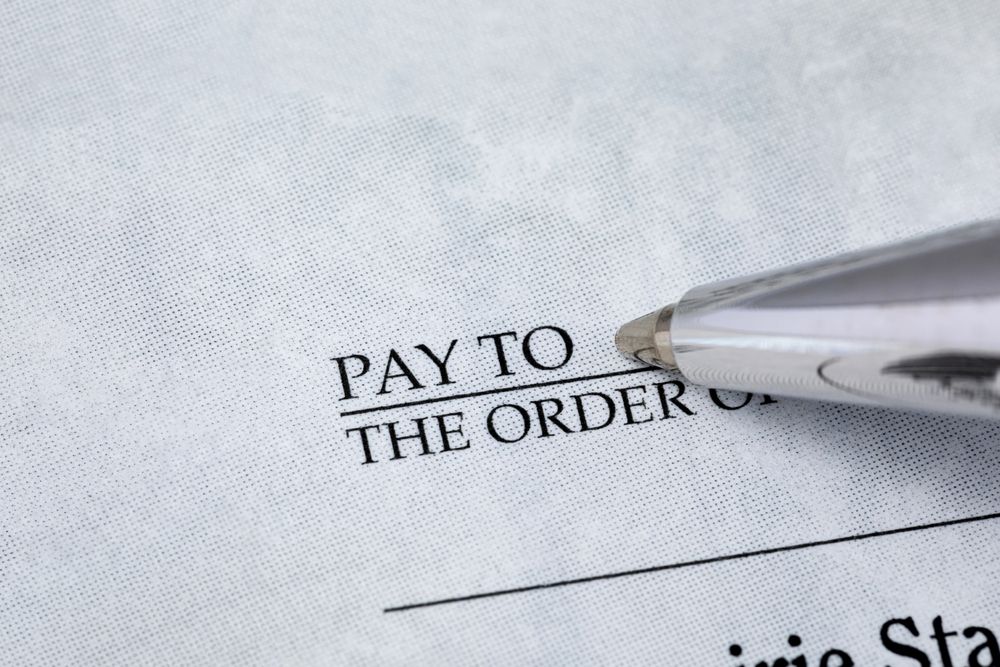High-yield checking accounts are becoming increasingly popular among savvy consumers looking to maximize the interest earned on their liquid cash. Unlike traditional checking accounts that often offer little to no interest, high-yield checking accounts provide an opportunity to grow your money while still offering the flexibility of a typical checking account. These accounts are designed for individuals who not only want to keep their money accessible but also desire to earn a substantial return on their investment.
High-Yield Checking Accounts
High-yield checking accounts function similarly to standard checking accounts but with the added benefit of higher interest rates. While standard checking accounts often offer interest rates close to zero, high-yield options can offer rates that are significantly higher. These accounts are commonly found at online banks, credit unions, and a few traditional banks that provide digital services.
The interest accrued is compounded daily or monthly, allowing your balance to grow steadily over time. Most high-yield checking accounts come with various features such as ATM access, online banking, mobile check deposits, and other digital tools that cater to the modern consumer. Another advantage is the flexibility they offer, allowing holders to transfer funds easily, write checks, and use debit cards for everyday purchases.
Benefits of High-Yield Checking Accounts
When considering a high-yield checking account, it’s important to explore the myriad of benefits they provide:
- Higher Interest Rates: One of the most compelling features is the significantly higher interest rates compared to traditional checking accounts. These rates enable your money to grow, turning idle cash into a small but steady stream of income.
- Liquidity: Unlike other investment options such as certificates of deposit (CDs) or stocks, high-yield checking accounts provide complete liquidity. This means you can access your money whenever you need it without incurring penalties or fees.
- FDIC or NCUA Insured: Most high-yield checking accounts are insured by the Federal Deposit Insurance Corporation (FDIC) or the National Credit Union Administration (NCUA), ensuring that your money is safe up to $250,000 per account holder, per institution.
- No or Low Fees: Many high-yield checking accounts offer little to no fees, making them an attractive alternative for those who wish to avoid the myriad of fees that accompany standard accounts.
- Convenience: With digital banking tools, managing a high-yield checking account is convenient and simple. Online and mobile banking options streamline the process of monitoring your account, transferring money, and making transactions.
How to Choose the Right High-Yield Checking Account
Choosing the right high-yield checking account requires careful consideration of several key factors. Here’s what you need to know before making a decision:
- Interest Rates: Compare the annual percentage yields (APY) offered by different banks. Even small differences in rates can have a significant impact over time, so select an account that offers the highest competitive interest rate you can find.
- Qualification Requirements: Some accounts may require meeting specific criteria to earn the highest interest rate. These might include maintaining a minimum balance, making a number of debit transactions per month, or having a certain amount of direct deposits.
- Account Fees: Take note of any potential fees associated with account maintenance, overdrafts, or transactions. Aim for accounts that minimize these additional costs.
- ATM Access: Consider the accessibility of ATMs and whether the account offers fee-free withdrawal transactions at a networked ATM. Out-of-network withdrawals can accrue significant fees, reducing your interest earnings.
- Additional Features: High-yield checking accounts sometimes include extra features like cash-back rewards on debit purchases, budgeting tools, and alerts to help manage your finances more effectively.
Potential Drawbacks to Consider
While high-yield checking accounts have many advantages, there are a few potential downsides to be aware of:
- Balance Caps: Many high-yield checking accounts impose balance caps that limit the amount of your balance that earns the highest APY. Balances above this limit may earn a significantly lower rate.
- Eligibility Requirements: The high interest rates often come with stringency; failing to meet the qualifications could result in a lower rate or fees.
- Rate Fluctuations: The interest rate environment can change, leaving you with lower rates if market conditions shift. It’s important to stay informed and ready to adapt to any adjustments from your bank.
Getting Started with a High-Yield Checking Account
Starting with a high-yield checking account is a straightforward process. Here’s a step-by-step guide to getting started:
- Research Providers: Start by researching and comparing different banks and credit unions offering high-yield checking accounts. Online banks often provide the most competitive rates due to lower overhead costs.
- Check Eligibility Requirements: Thoroughly read the terms and conditions of prospective accounts to ensure you meet the required criteria, including average daily balance requirements, number of monthly debit transactions, and direct deposit mandates.
- Consider the Institution’s Reputation: Look at customer reviews and ratings of the institution. A reputable bank will offer robust customer support and a user-friendly experience.
- Open an Account: Once you’ve found the right account for your needs, proceed with opening it. This usually involves filling out an application online, providing personal information, and verifying your identity.
- Manage Your Account: After opening your account, be proactive in managing it by logging in frequently, setting up mobile alerts for low balances, and ensuring you meet the qualifications to earn the high interest rate.
Additional Strategies for Maximizing Return
To further maximize the returns from your high-yield checking account, consider these additional strategies:
- Automatic Transfers: Set up automatic transfers from your regular checking account to your high-yield account. This not only aids in meeting minimum deposit requirements but also helps with consistent savings.
- Avoid Overdrafts: Be cautious and regularly monitor your spending to avoid potential overdraft fees, which can quickly eat into the returns generated by higher interest rates.
- Regular Review: Regularly review your current account’s terms and interest rates. Staying informed about new and better options can ensure you’re always getting the most value from your banking choice.
- Consider Tiered Accounts: Some high-yield checking accounts offer tiered interest rates based on your account balance. Consider structuring your deposits to take advantage of these tiers for optimal earnings.
High-yield checking accounts offer a remarkable opportunity for individuals seeking both liquidity and income potential. By carefully choosing the right account and managing it judiciously, you can significantly improve your personal finances with little risk or effort. As you explore your options, remain vigilant about market conditions and individual bank offerings to ensure you are always maximizing your financial growth.



